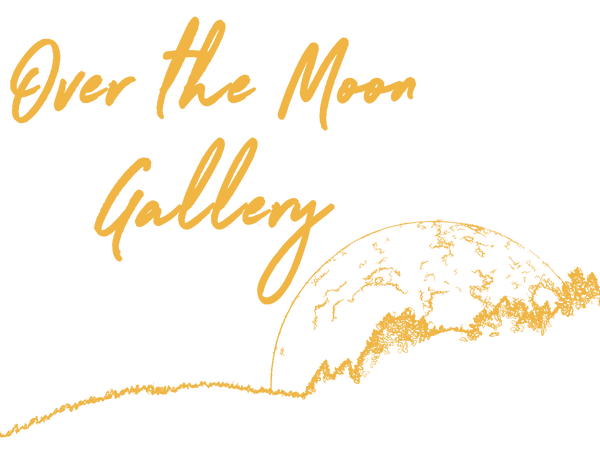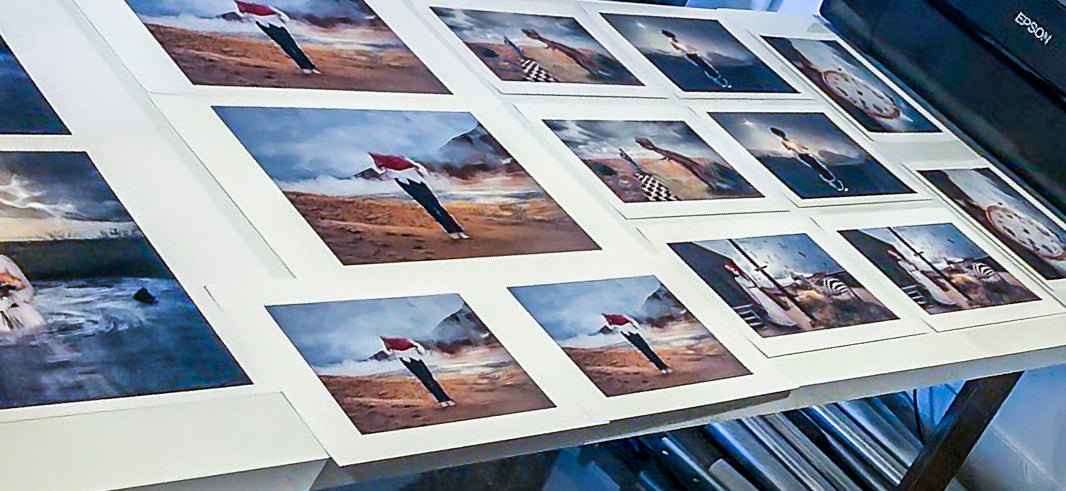Prints are an affordable way for art lovers to collect without the often higher expense of original artwork. Today’s prints can offer high quality reproductions with near perfect color matches to the original piece.
There are many kinds of prints available. One is giclée (pronounced g-clay), a term which has become popular in recent years. Giclée is a digital process using inkjet printers that apply tiny droplets of 12 pigment-based ink colors onto a surface to create detailed and precise images.
Giclée are considered fine art prints, typically made on archival paper such as cotton rag, acid-free, or canvas. These choices ensure the longevity of the print and capture the texture and feel. The print technique is known for its color accuracy and fine detail reproduction. The high-resolution printing process offers a wide color gamut and precise rendering of the original image.
While slightly higher in cost, fine art giclée prints are still affordable and offer exceptional quality compared to standard prints, which typically use only four dye-based ink colors and are printed on treated paper which will turn yellow over time colors will fade.
When selecting and purchasing art you love, will be displaying, and plan to keep, we highly recommend making the investment in a fine art giclée print.
Fun fact: The name “giclée” was coined by an employee of Nash Productions, owned by the singer and photographer Graham Nash, who wanted a better name for the type of prints produced by his inkjet printer. It was based on the French word for spraying – gicler.

